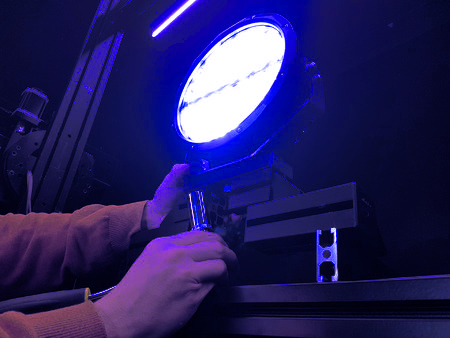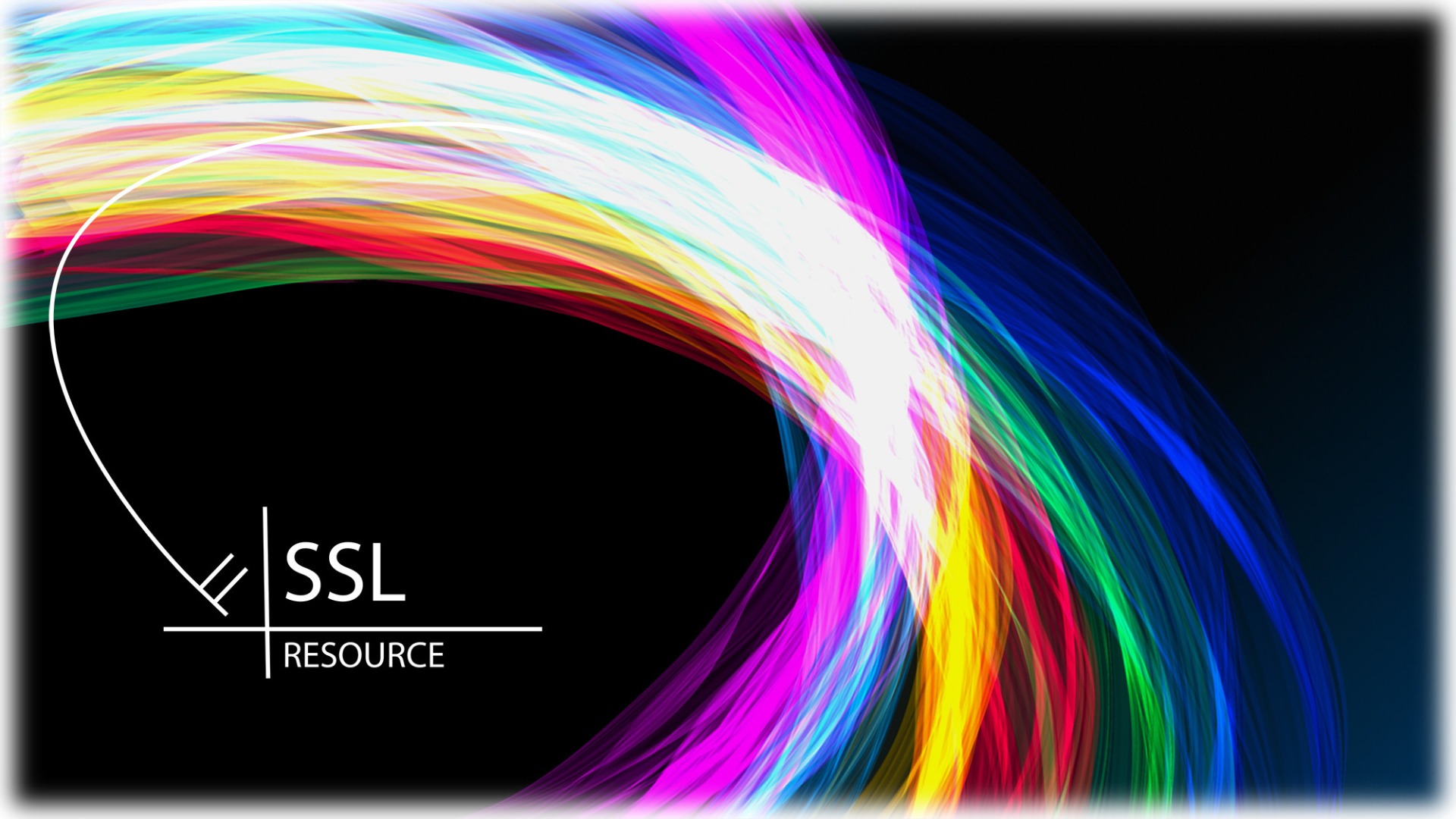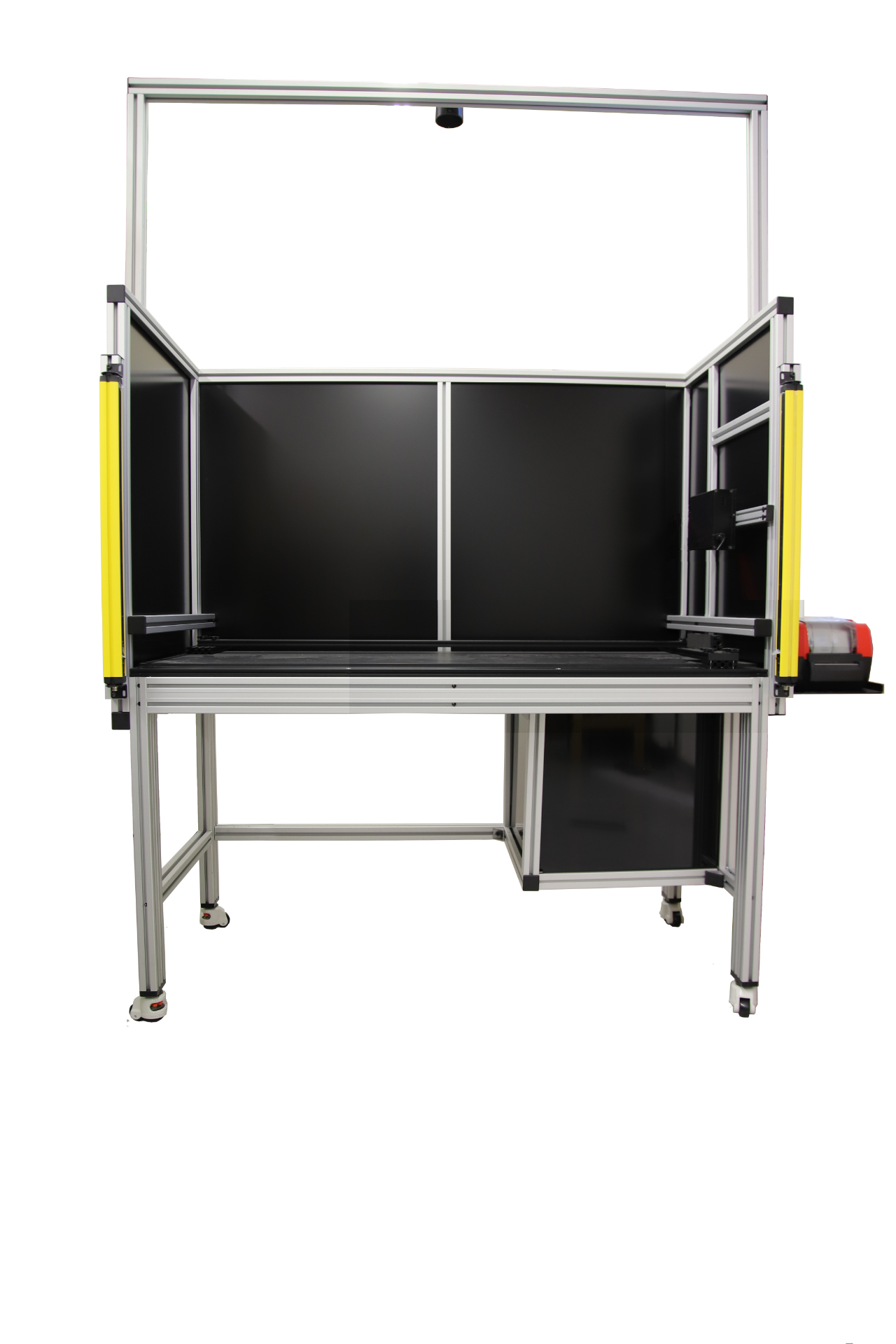Photobiological safety
Hazard caused by light sources
/ APPLICATIONS / PHOTOBIOLOGICAL-SAFETY
Motivation
Exposure to bright light can cause harm to your eyes.
Traditionally UV light has been considered the most dangerous for the eyes. UV light is absorbed by the lens of the eye causing it to eventually become more or less opaque (cataract). Visible and IR light are not absorbed by the front part of the eye and reach the retina. Intense light can permanently damage retina of the eye and cause even blindness. Especially blue and IR light are potential danger to your eyes.
LED lighting used today are constructed so that a blue LED is exciting phosphors to emit white light. Intense blue LEDs are used in disinfection applications. LEDs are usually small and can form an intense spot on the retina of the eye causing potential eye hazard. IR light can also damage retinal cells by heating them. The problem with IR is that the eye cannot detect IR and so cannot protect itself from the danger.
DIRECTIVE 2006/25/EC OF THE EUROPEAN PARLIAMENT AND OF THE COUNCIL sets limits to the exposure of the workers to the artificial lights and obligates the employer to determine the level of the hazard the illumination can cause to the employees. This makes it important to luminaire manufacturers evaluate their luminaires against photo biological hazards.
Different Hazard Types
IEC 62471 introduced methods for evaluating safety of incoherent light sources over the range of 200nm - 3000nm.
IEC 62471 determines the photobiological safety of light in the following wavelength ranges
(200-400) nm: Actinic UV hazard for the skin and eye 1)
(315-400) nm: Near-UV hazard for the eye
(300-700) nm: Retinal blue light hazard for the eye 1)
(380-1400) nm: Retinal thermal hazard for the eye 1)
(780-3000) nm: Infrared radiation hazard for the eye
(380-3000) nm: Thermal hazard for the skin
1) in these cases IEC 62471 uses weighting functions for weighting the importance of certain wavelength ranges in hazard determination (see figure 1)
Blue light hazard of LED based light sources
Even short-term exposure to intense spots of blue light may destroy the photopigments and cause irreversible damage to retinal cells. Blue light hazard (BLH) is strongly related to the high energy photons in the wavelength region between 400 nm and 500 nm.
Introduction of LEDs in lighting have raised questions of safety and need for standardization of safety levels and measurement procedures for checking the current luminaires against these levels.
Risk for blue light hazard increases with increasing CCT of the light (Figure 2 left), but this is not the whole picture. The light with the same CCT does not always have same BLH-value and can even have different risk group e.g. the white LEDs with the same CCT using different LED for excitation (Figure 2 right).
Disinfection applications use more powerful blue LEDs than the ones used in the luminaires for general lighting applications. This makes it even more important to determine the photobiological safety parameters for these light sources.
Risk groups of IEC 62471. The standard classify the luminaires into four risk groups according to safe exposure times as shown in the table 1 below.
| RG0 / Extempt | RG1 /Low risk | RG2 / Moderate risk | RG3 / High risk | |
| Hazard ( sub section number in EN 62471) | Safe exposure time at least | |||
| Actinic UV hazard exposure limit for the skin and eyes (4.3.1) | 30000 s | 10000 s | 1000 s | < 1000 s |
| Near-UV hazard exposure limit for the eye (4.3.2) | 1000 s | 300 s | 100 s | < 100 s |
| Retinal blue light hazard exposure limit (4.3,3) | 10000 s | 100 s | 0.25 s | < 0.25 s |
| Retinal blue light hazard exposure limit - small source (4.3.4) | ||||
| Retinal thermal hazard exposure limit (4.3.5) | 10 s | 10 s | 0.25 s | < 0.25 s |
| Retinal thermal hazard exposure limit – weak visual stimulus (4.3.6) | 1000 s | |||
| Infrared radiation hazard exposure limits for the eye (4.3.7) | 1000 s | 100 s | 10 s | < 10 s |
| Thermal hazard exposure limit for the skin (4.3.8) | ||||
| Marking requirement | No | No | Yes | Yes |
Typical examples in domestic applications, frosted incandescent lamps are classified to RG 0 whereas clear incandescent lamps and flashlight to RG 1. The RG 1 is only unsafe in cases where the source is viewed directly for long time. Main difference between RG 2 and RG 3 is that the RG 2 may damage the eye only lengthy exposure whereas the RG 3 may produce the hazard already with very short exposure
Examples of health issues
Ultraviolet cataract:
- Hazardous wavelength range: ~290 nm to 325 nm, years of exposure
- Clouding of vision
- Permanent damage, can be treated with eye operation
Infrared cataract:
- Hazardous wavelength range: ~700 nm - 3000 nm, years of exposure
- Clouding of vision
- Permanent damage, can be treated with eye operation
- Hazardous wavelength range:
~200 nm - 320 nm, minutes - hours of exposure
- Painful eye condition caused by exposure of eyes to the ultraviolet (UV) rays from either natural (e.g. intense sunlight) or artificial (e.g. the electric arc during welding) sources.
- temporal condition, may have long term health effect
Photoretinitis:
- Hazardous wavelength range:
~400 nm - 500 nm, only short exposure needed
- rare, caused by a very high intensity
- "Blind spot"
- permanent damage
Ultraviolet erythema or sunburn (skin):
- Hazardous wavelength range:
~200nm - 320 nm
- reddening of the skin at sites of ultraviolet radiation exposure
- temporal condition, may have long term health effect
Dedicated and cost effective photobiological safety measurement.

Other SSL test systems





